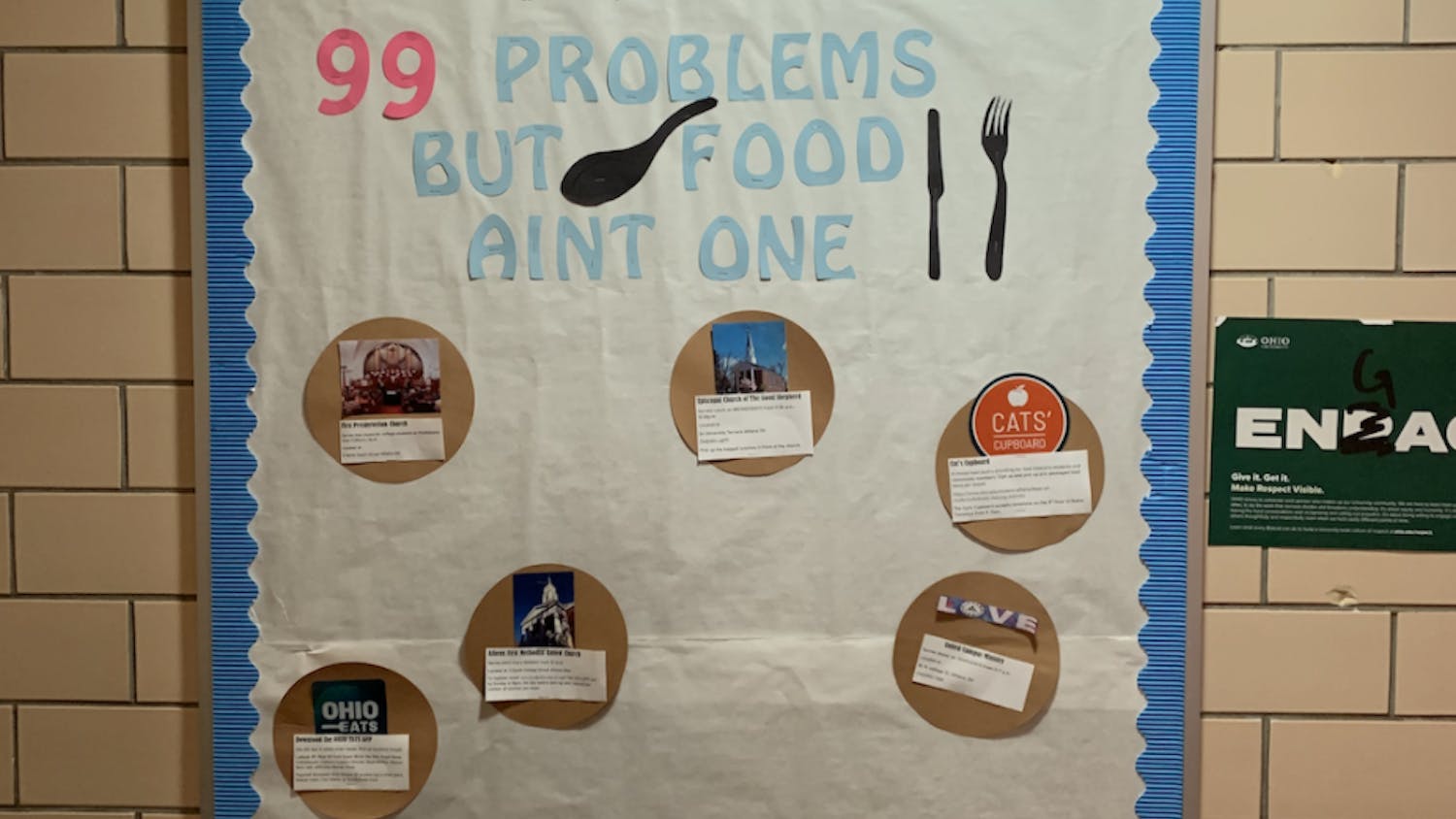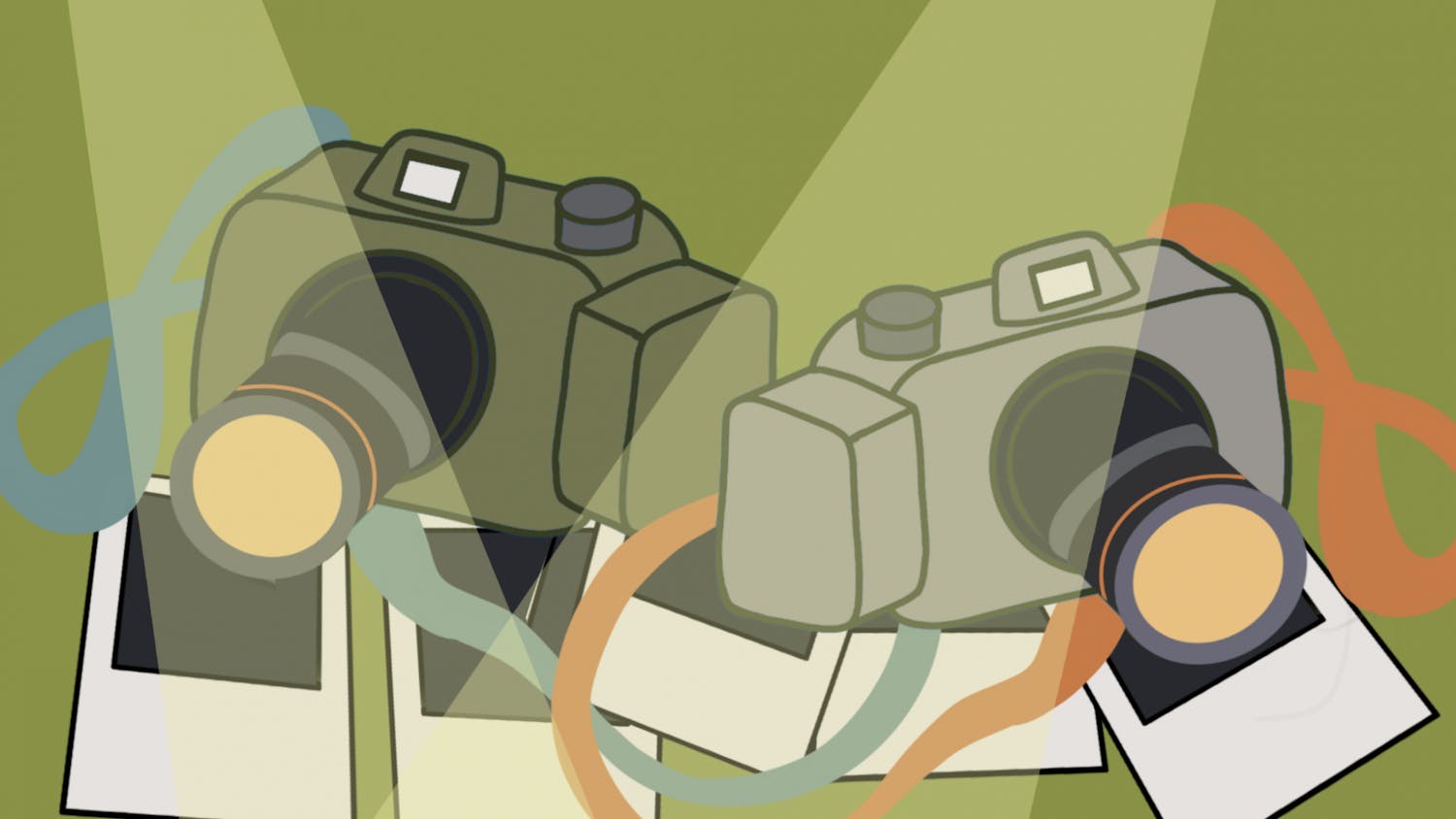Athens native and Ohio University alumnus Matthew Presutti has used his education and background to instill sustainable practices into his printmaking work. In the past three years, Presutti has had the opportunity to utilize hemp as a material for printmaking at the Milwaukee Institute of Art and Design.
The Post: When did you first start using hemp-based paper as a means for printmaking?
Presutti: I would say that my journey into hemp paper-making started around 2018 or 2017. Hemp became widely accessible after the Farm Bill of 2018 passed; that is when it became federally legal to grow hemp as a crop in the United States … 2019 is when we got our first batch of hemp, and that was from a local Wisconsin hemp farmer. We started processing that, I want to say in spring of 2020, so it would have gotten donated to the college after that 2019 growing season, the fall of 2019. Then the spring of 2020 was when a group of students and I did our first batch of hemp paper at the college. It was the spring break of 2020, so it was right before the pandemic closed everything down we made those first few batches of papers.
TP: How did you first become interested in this?
Presutti: It wasn't really something that I thought out, I should make that very clear. That's one of the things that I talked about in my artists’ talk: as a lab technician, people reach out to me all the time for donations for the lab. That first batch of hemp that we got was a donation to the school. We had received a donation of a paper beater in 2017 and we had started growing our paper-making area. For those first few years, we were working mostly with pre-prepared materials. It's something called a linter, or “half stuff,” which is basically pulp and sheet form and it's really consistent, it's really easy to beat up into a pulp that you would then make into a paper. When we first got our paper reader, I started out with the easiest things to do, like “half stuff” or working with recycled materials, (which) are probably the easier things to turn into paper.
We were working with those materials for the first couple of years, and then around the time that this local person reached out to me about wanting to donate their waste material, or their hemp fiber, was right around the time that we were ready to move on to more complex materials, things that would be a little bit more difficult for our paper beater to maybe beat into a pulp. It was kind of perfect timing for us in our experimentation and trying to see what this recently donated piece of equipment could do. As a lab technician, it's my job to figure out the best practices for any piece of equipment that gets donated to the school, figure out what it can and cannot do and understand what safety precautions need to be taken in order for students to access a piece of equipment safely. It’s important for me to go through all those steps. That initial hemp donation was kind of just this happenstance situation. It could have been any fiber, but because folks were starting to grow this stuff, and they didn't know what to do with it, it became the situation where we can actually reach out to these folks and get this stuff for free.
The first run-through that we did, we ended up making some really beautiful papers and realizing what the potential of this fiber was.
TP: Are there other sustainable practices that you utilize in your printmaking processes?
Presutti: Hemp as a fiber has really been this inspiring material. A lot of times we talk about how we form connections to materials as we work with them as artists. They help dictate our end results, and they help influence and collaborate with us in our making. I think that working with this fiber has inspired me to increase my thoughts about sustainability and all the things that I do in my art practice. I think that it's encouraged me to use a lot more, you know, recycled materials. … When I was a graduate student, I started getting really into non-toxic methods and thinking about ways that I can sort of reduce my environmental impact on the things that I use in the studio.
TP: How did your education and hometown influence your career?
Presutti: I was born and raised in Athens. I think being from Athens and going to school at Ohio University deeply impacted my practice and my career path. I think growing up regionally in an area that was devastated by coal mining at one point in time, with environmental impacts from an industry that is still visible today, you see the implications of those things, and you see the end results of those things. I think that being in that environment, as an undergraduate student, as well as as a local, as somebody who grew up there, maybe I even thought a little bit more. I think that deeply impacted my practice as an artist (and) why I gravitate toward these things.
TP: What kind of advice would you give to somebody who’s aspiring to be a sustainable printmaker?
Presutti: I think the big issue is that a lot of times we get caught up. We just want to solve all the problems at once, but it's really about solving little problems, one at a time, and picking away at the problem. … You slowly build on that. It's all about collecting all these little strategies about becoming more and more sustainable within your practice. For me, it started with recycling materials. I'm recycling materials to turn into papers and make prints on. I'm also recycling waste materials from my copper plates and using them in some form in future projects. I'm not throwing things away, I'm saving them until I find a purpose for them, and I'm actively seeking purposes for them, instead of just collecting junk … I think that's kind of the starting point, that once you start to realize that, it just becomes a way of a way of life you're making. It doesn't necessarily need to dictate and control what you do, but I think that it's a necessary thing. From there, I think your interests will help to provide what you would do next.
TP: Is there anything else you would like to add?
Presutti: I think it's really easy as an artist to sometimes get lost, to feel like you don't necessarily have a direction. I think that there's something about reassessing what we do in the context of our environmental impact, especially as artists. No matter what we do, no matter what subject matter we work with, I think that trying to think about ways that we can increase our ability to be sustainable is really important. In general, I think that artists mostly do this already, I think it's in our nature to want to try to utilize everything … I think that maybe sometimes we don't know what to do with them, or maybe we don't understand them fully, but I think it's important to not let go of that and to really embrace it, and hopefully, it turns into something.






